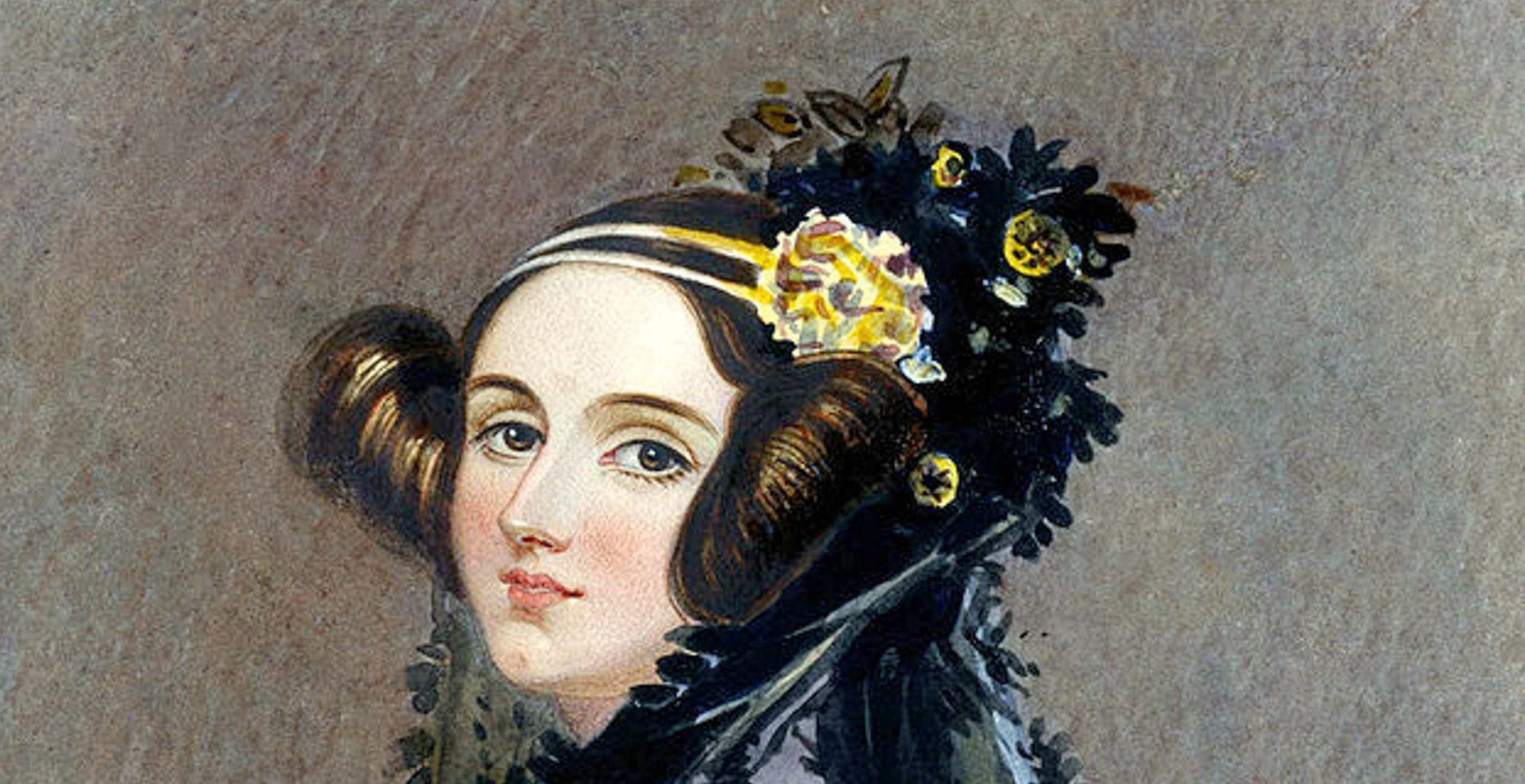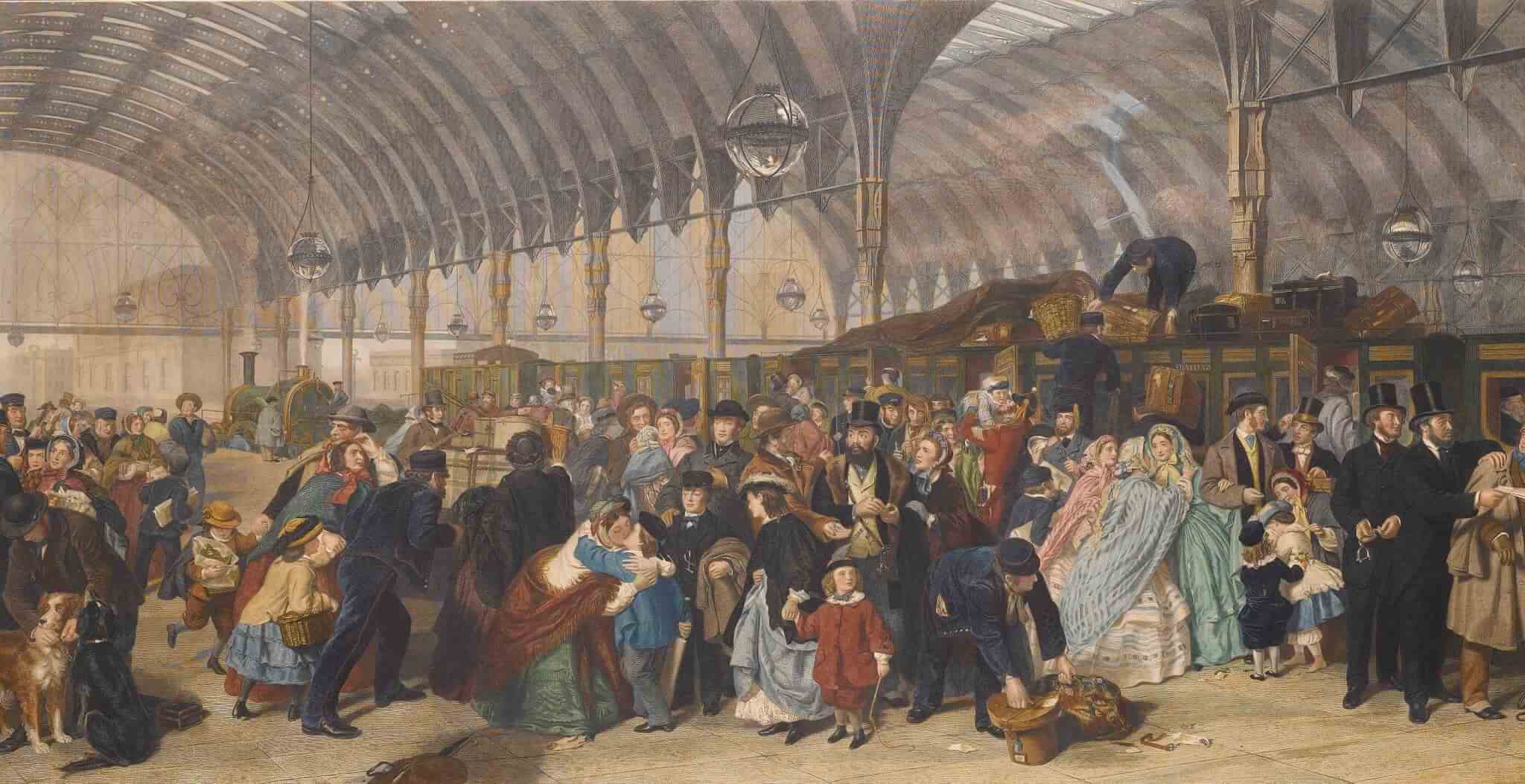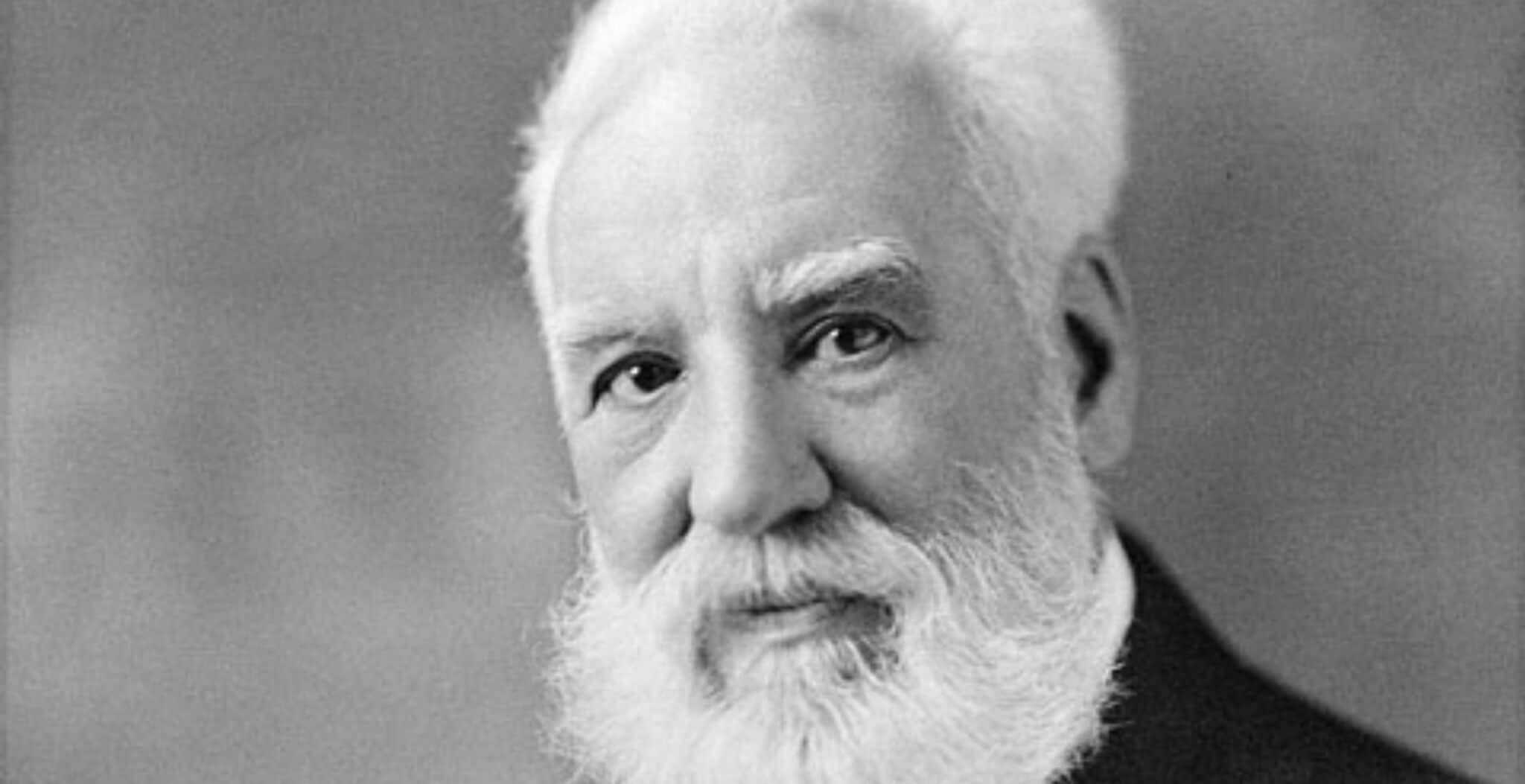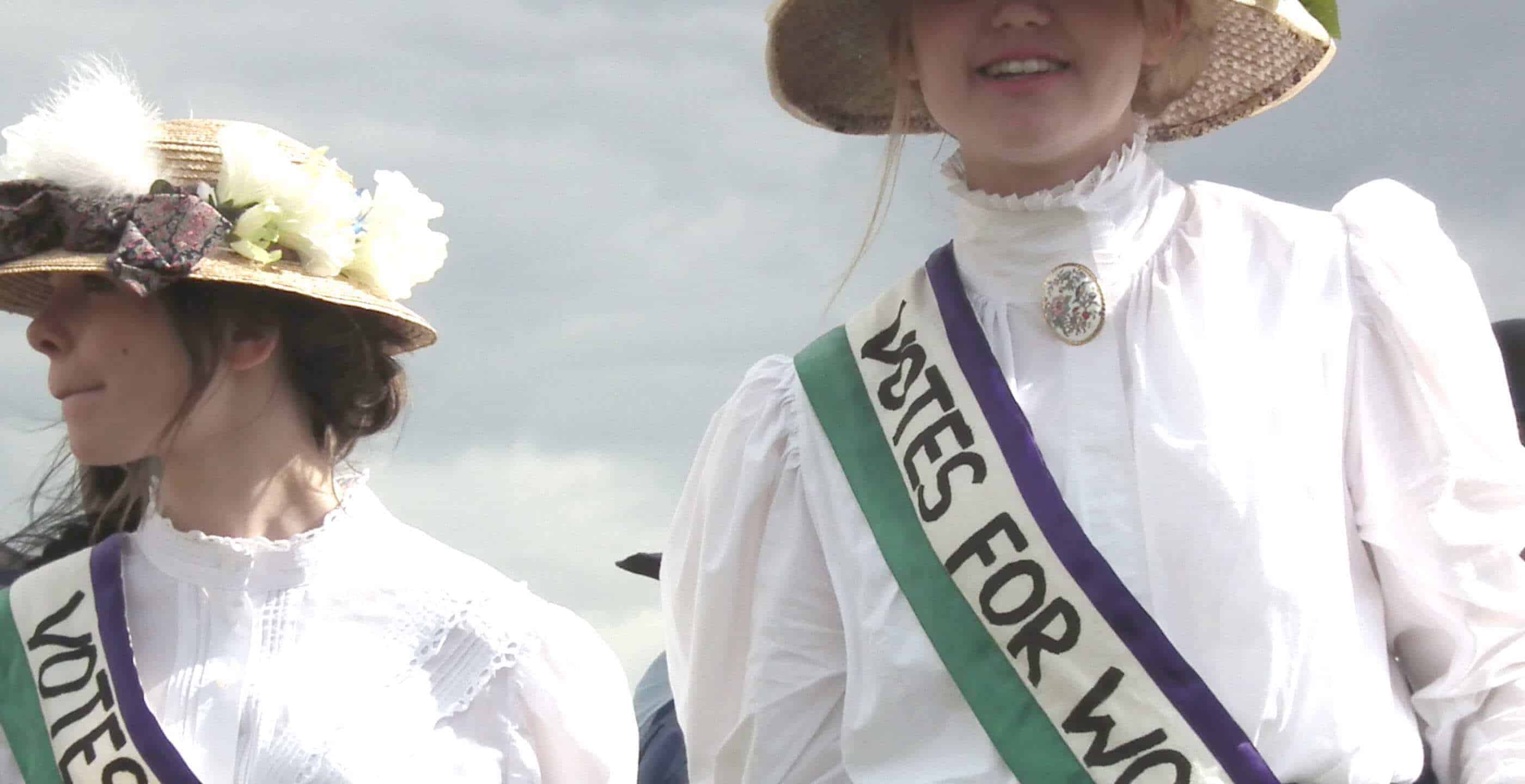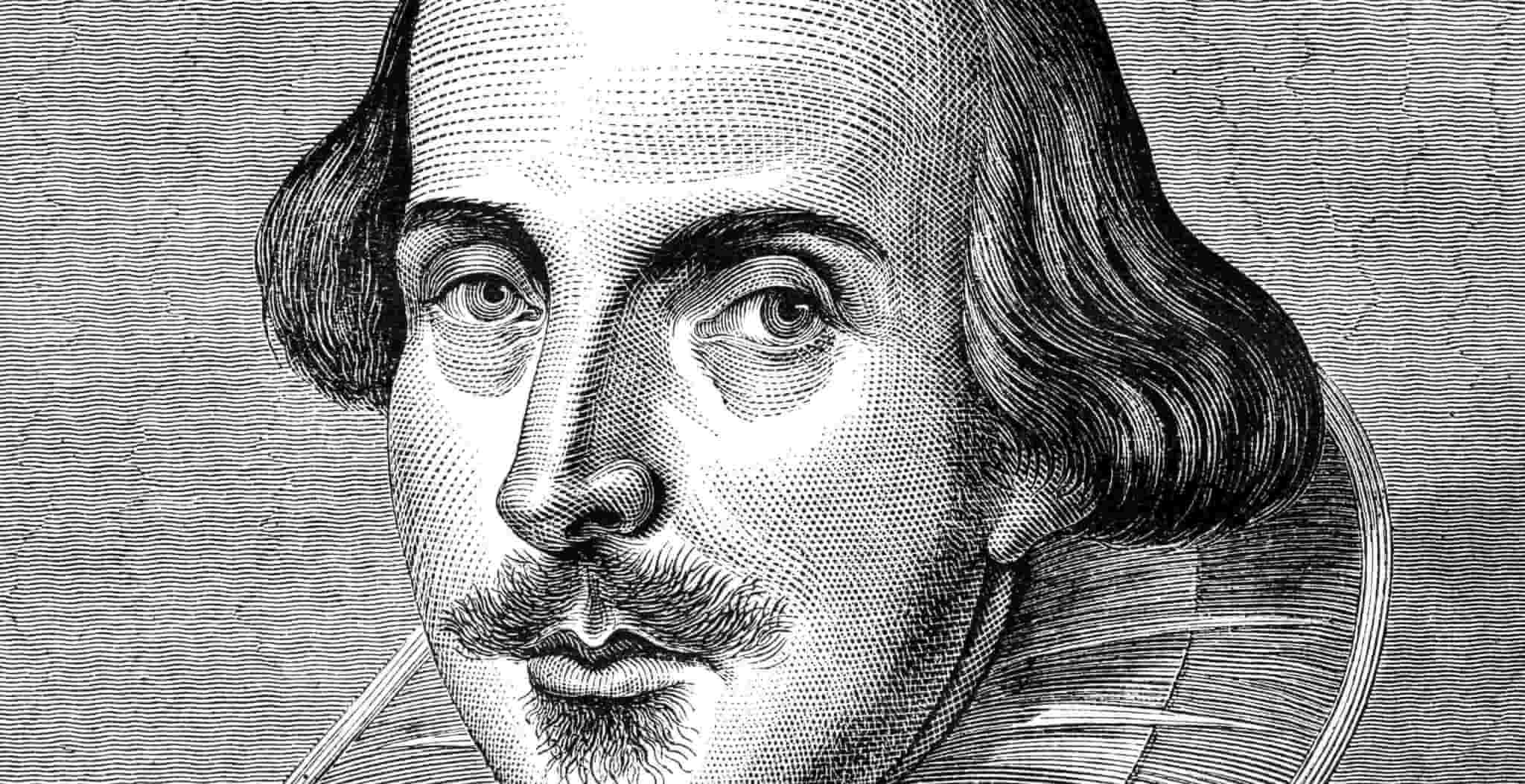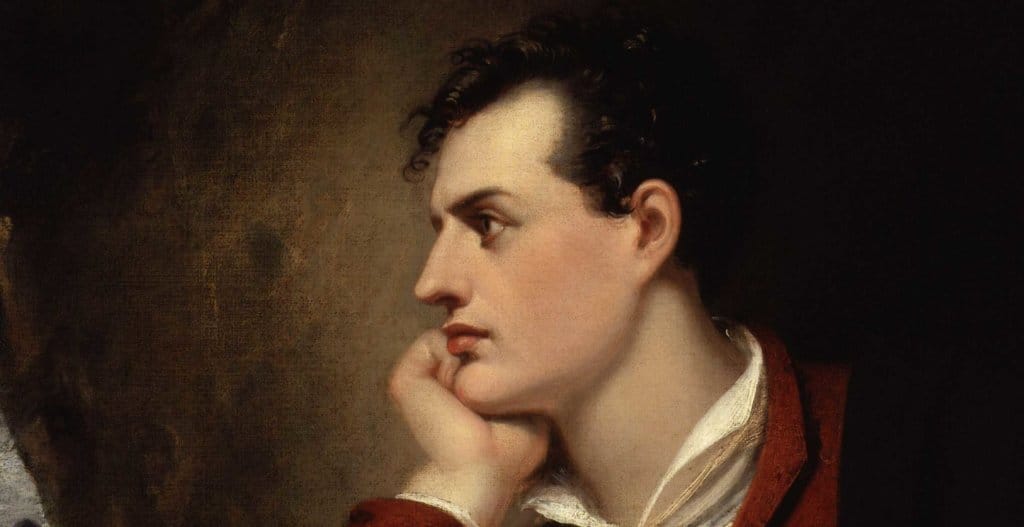In 2018, a book by the daughter of Lord Byron was sold at auction for the princely sum of £95,000. You would be forgiven for thinking that it was a previously unheard of volume of prose, or perhaps some unknown poem. Instead, what was sold is universally recognised as the world’s first computer algorithm!
More specifically, it was the first edition of a body of work which contained the equation that is considered to be the world’s first ever computer algorithm. Oh yes, and it was written by none other than Augusta Ada Byron, or as she is better known, Ada Lovelace.
It’s hard to believe that the world’s first computer programmer was the daughter of one of the most poetic (and debauched!) of Englishmen, and yet she absolutely was. Ada Lovelace is recognised as the quintessential ‘Enchantress of Numbers’, and was the woman who developed the first inchoate computer program over 200 years ago.
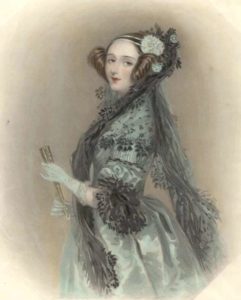
Ada was born on December 10th 1815, the only legitimate child of Lord Byron and his wife (albeit briefly) Annabella Milbanke. Ada’s mother and father split up just weeks after she was born, and she never saw him again; he died when she was only eight years old. Ada suffered what would probably now be described as a traumatic childhood. Her mother feared her growing up with her father’s erratic and unpredictable temperament. To combat this Ada was forced to learn science, mathematics and logic which was unusual for women at the time, although not unheard of. However, she was also severely punished if her work was not up to standard; being forced to lie absolutely still for hours at a time, write apology letters for inferior work or repeat tasks until she achieved perfection. Ironically, she already had an aptitude for mathematics and science and would perhaps have pursued these mediums on her own, regardless of her mother’s interference.
Ada had a passion for the industrial revolution and scientific and engineering innovations of the time. She was also partially paralysed through measles as a child and as a result spent a significant amount of time studying. It is conceivable that Ada knew of her mother’s desire to keep the creative side of her from germinating however, as Ada herself is known to have said, ‘If you can’t give me poetry at least give me poetical science’. Ada married at 19, to William King who was made Earl of Lovelace in 1838, at which point she became Lady Ada King, the Countess of Lovelace, but was known simply as Ada Lovelace. Ada and King had 3 children together, and by all accounts their marriage was a relatively happy one, with King even encouraging his wife’s enthusiasm for numbers.
During her youth Ada was introduced to the Scot, Mary Somerville, who was known as the ‘Queen of 19th Century Science’ and was in fact the first woman to be accepted into the Royal Astronomical Society. Mary further encouraged Ada’s mathematical and technological development. It was actually through Mary Somerville that Ada first heard of Charles Babbage’s idea for a new calculating engine. Fascinated by this idea, Ada began a furious correspondence with him that would come to define her professional life. In fact, it was actually Babbage himself who first bestowed the moniker ‘Enchantress of Numbers’ upon Ada.
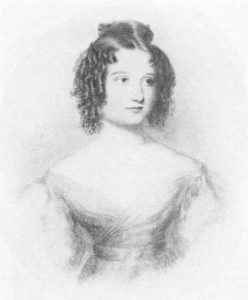
Ada met Babbage when she was around 17 and the two became firm friends. Babbage was working on an ‘Analytical Engine’, something he was designing to handle complex calculations. Babbage saw the calculating potential of his machine but Ada saw much, much more. Ada became further involved when she was asked to translate an article written in French on the engine into English because she understood the Analytical Engine so well. She not only translated the article but tripled its length, adding pages and pages of insightful notes, calculations and innovations. Her notes were published in 1843 with the translation of the article and it turned out that what she had written was so original, it is now heralded as the first comprehensive comment on what would become modern day computer programming. Although incredibly impressive, Ada was not actually given credit for the article until 1848.
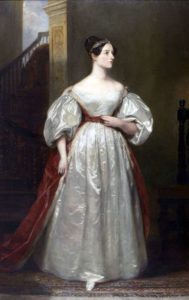
Ada was not just a writer of mathematical notes however, she actually attempted to use her mathematical prowess in order to beat the odds in games of chance, but unfortunately ended up with prohibitive gambling debts. She was also far from what would be considered a classic technological ‘geek’ today, as well as having a gambling problem she was also a prolific user of opium, although in later life she probably turned more heavily to the drug in order to mitigate her illness. Unfortunately Ada died a slow and painful death due to uterine cancer, to which she finally succumbed at the age of just 36 on 27th November 1852, opium and blood-letting proving no match for the disease. She was buried next to her father in the grounds of the Church of St. Mary Magdalene, in Hucknall, England.
Ada’s influence has continued posthumously however, and is still very much felt in the world of technology today. Ada Lovelace was such an accomplished mathematician and programmer that her notes, all written in the early to mid 1800s, were actually used by Enigma codebreaker Alan Turing when he was conceptualising the first computer. Furthermore, the United States of America’s Department of Defence called a computer software language after Ada in the 1980s. It is clear that her legacy lives on even today. Furthermore it is even clearer why Ada has become such an iconic woman in technology in present day, her talent for mathematics was truly inspirational, and remains so.
By Terry MacEwen, Freelance Writer.
